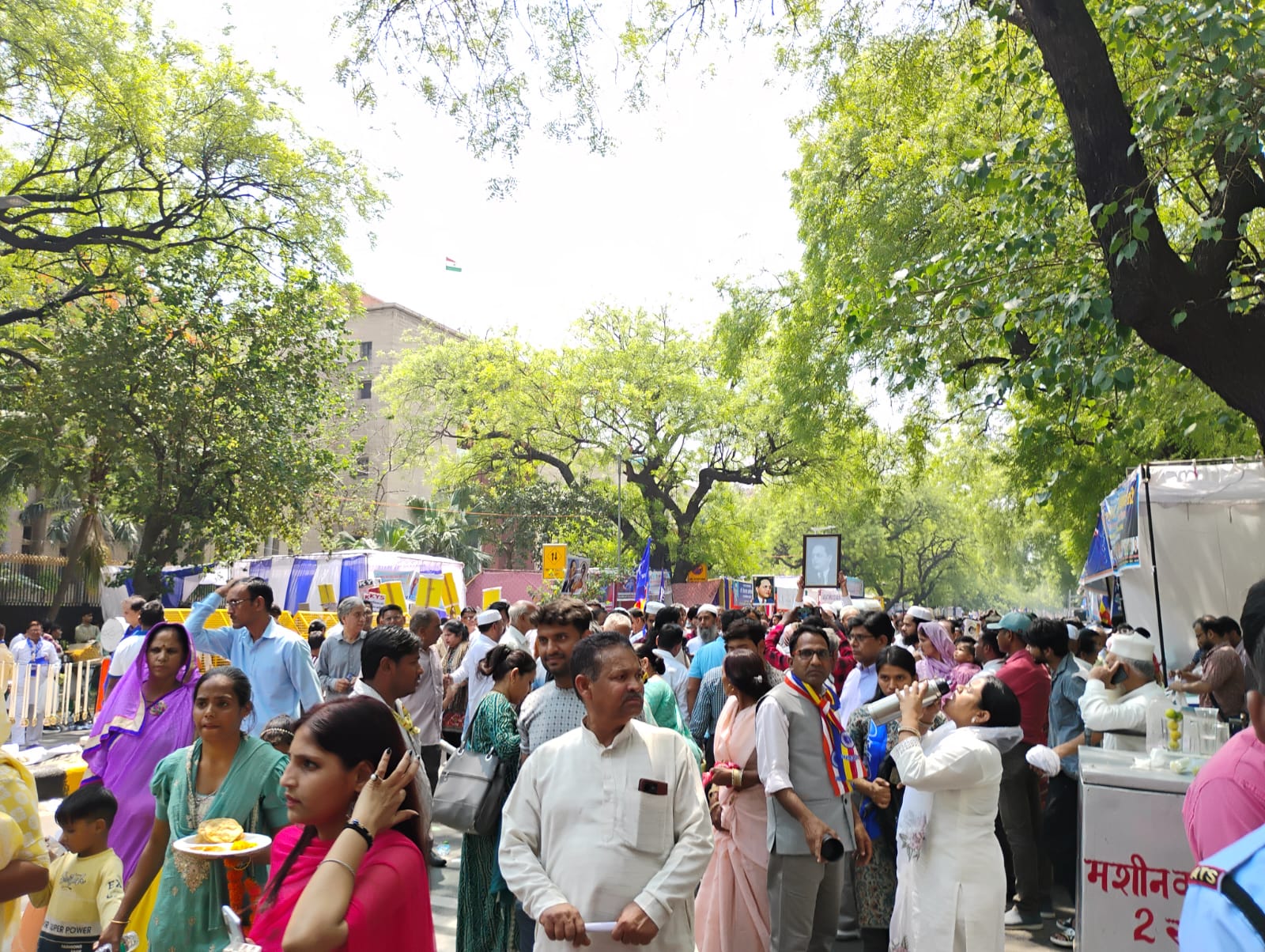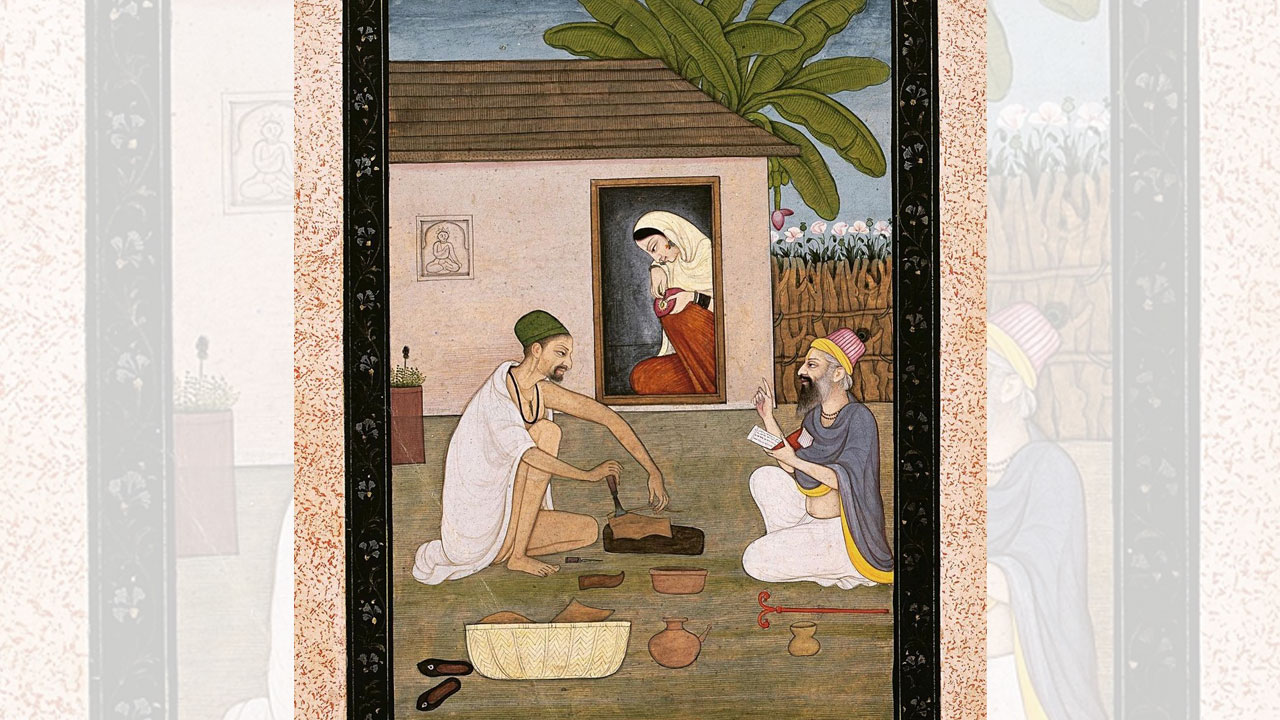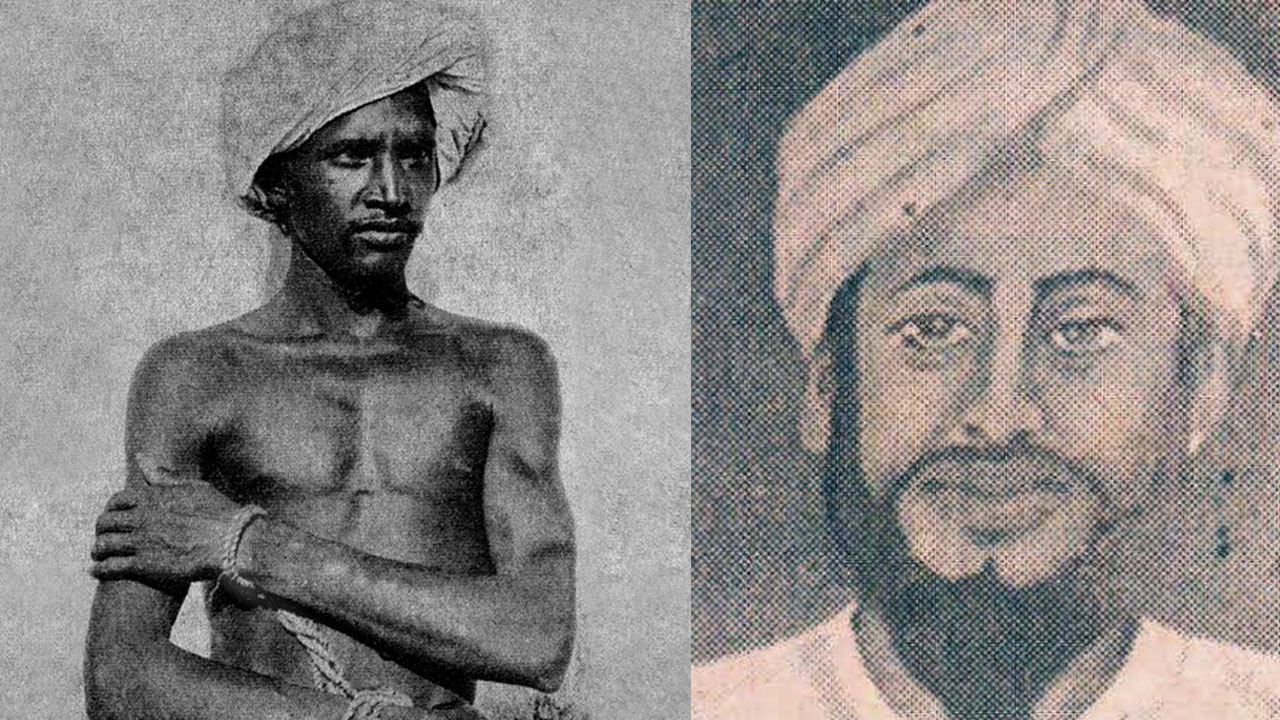One of the earliest peasant rebellions in India, the ‘Chuar bidroha’, was against the highly exploitative land revenue policy of the British (Roy, 1966). It was the struggle of the downtrodden, toiling masses of the countryside who were exploited, oppressed and finally brutally crushed by the colonial rulers. The movement came alive during the second half of the 18thcentury (1760-1799) across large swathes of forests of southwestern Bengal and today’s Jharkhand area, and became a nuisance to the British administrators. Interestingly, the rebellion had its epicentre at an old temple in Karnagarh, situated 8 km from Medinipur town and 129 km from Kolkata (Guha, 2013). Incidentally, Mahamaya, the main deity of this temple, still has a large number of devotees who throng this area. Historical records show that the temple and its vicinity were one of the key strongholds of the rebels labelled as “Chuars” (meaning “uncivilized” or “barbaric” or “wicked” in Bengali). The rebellion that broke out in Medinipur area spread to Jungle Mahals covering Bankura, Purulia and parts of eastern Bihar. The first wave of the “Chuar Bidroha” (rebellion) took place around 1765 outside the Medinipur area. According to L.S.S. O’Malley, a British administrator who has meticulously recorded the sequence of events in the famous Bengal District Gazetteer of 1911, “In March 1766 Government resolved to send an expedition into the country west and north-west of Midnapore in order to coerce them into paying revenue, and to capture and demolish as many of their strongholds as possible.”
O’Malley further stated:
In December 1769, and again in November 1770, the Chuars of the hills between Ghatsila and Barabhum broke out, but did not make any raid into Midnapore. In fact, most of the early depredations of the Chuars took place outside Midnapore district.

By the middle of June 1799, the colonial administration began to get the upper hand in terms of suppressing the rebellion, though sporadic attempts of revolt continued up to the first decade of the 19th century. During the course of the crackdown, Rani Shiromoni, a local landlord who was suspected of supporting the bidrohis (rebels), was arrested.
Bengali upper-caste texts on the rebellion
The Bharatkosh(the Bengali encyclopaedia) is considered an authoritative compendium of socio-economic history. It was published in 1967 and had a galaxy of scholars, including anthropologist Nirmal Kumar Bose, historian Niharranjan Ray and linguist Suniti Kumar Chatterjee, on its editorial board. In the third volume of the encyclopaedia, there is a one-page entry entitled “Chuar Hungama” that gives an overview of the “Chuar Bidroha”. The word “hungama” in Bengali means “disturbance”. The attitude of a section of Bengali academicians to this peasant revolt against the British becomes clearer in my translated version:
The wild races, which inhabited the Jangal Mahal of the Medinipur district and its adjoining western and northern forest-clad regions, were collectively called the Chuars. They did not practise agriculture but hunted wildlife and sold forest produce for a livelihood and even resorted to robbery whenever an opportunity arose. They were brutal and cruel to such an extent that the word Chuar became synonymous with savagery and cruelty. Many among them provided security to the local zamindars in exchange for tenancy rights on their lands and helped the zamindars in pillage. In 1760, after the British rule came to Medinipur, attempts were made to subjugate the Chuars to collect taxes on a regular basis and to bring law and order in the region. The tax-free land of the Chuars was known as Paikan land. After the confiscation of these lands by the British government, the Chuars lost their means of livelihood and caused successive disturbances particularly in 1798 and 1799-1800. In 1799, the Chuars revolted and burnt down a few villages and destroyed the crops. In 1800, under the leadership of Madhav Singha, they created mayhem in many places of Medinipur and it was with immense effort that the British could subjugate them. Only in 1816, the government could bring them under full control. (Bharatkosh, Vol 3, 1967)
Interestingly, leftist scholar Surprakash Roy’s account of the rebellion in the book Bharater Krishak Bidroha O Ganatantric Sangram(1966), which was published a year before the Bharatkosh, makes for a vivid contrast. The author writes: “The very word ‘choar’ which we have always regarded as a bad name, and designated it in all our best dictionaries as ‘crooked and low caste’, that neglected and unknown group of ‘barbaric’ human beings virtually wiped out the immensely powerful British rulers from a large region of Bankura and Medinipur districts. Suffice it to say that the story of this revolt could not reserve a place in our traditional history.”
A radical scholar like Roy also could not avoid using the term “chuar” or “choar”. For him, it was an enigma that this word became so derogatory in Bengali language. He made a conjecture. In the words of Roy, “Perhaps furious at the exploitation they became ghastly in appearance and merciless to their exploiters, which led the then zamindars and their obedient historians of Bankura and Medinipur to give these people this derogatory appellation.” (Roy 1966: 115)

There is a lot of linguistic and literary evidence to contest Roy’s conjecture. The semantics around the word “chuar” can be traced back to the Jain tradition and was found to be present in the writings of the medieval Bengali poets. In his monumental work The Origin and Development of the Bengali Language (first published in 1926 and republished by Rupa in 1985), Suniti Kumar Chatterjee wrote: “The Pali Jataka and Tri-pitaka literature which gives a faithful account of Aryandom in India in the centuries immediately before the Maurya period, mentions 16 great nations, among which Pundra, Vanga, Radha or Suhma have no place. Jain tradition as preserved in the ‘Ayaranga Sutta’ describes Ladha and Subbha as countries inhabited by a wild and churlish people. In fact, the tradition, that the Radha people of West Bengal were wild and barbarous, is present down to middle Bengali times e.g., Mikunda-rama writes (c. 1580) in his ‘Candi-Kavya’…‘Ati nichakule janama jatite choar/ keho na paras kore loke bale Radha.’ ‘Birth in a very low caste, a Chohad/ No one touches (me), people call (me) a Radha.”
Celebration of the rebellion by political parties
During 1998-99, an upsurge of interest and activism was observed among the leaders of political parties of West Bengal to celebrate 200 years of the “Chuar Rebellion”. The pomp with which the Communist Party of India (Marxist) [CPI (M)] and the Congress Party observed the occasion clearly revealed that today’s Bharatiya Janata Party (BJP) is not the only political organization that has tried to distort history for political benefits. The parties of West Bengal made the so-called “Chuar” or “Paik” rebellion an apparently non-political agenda (Guha, 2007 and 2011). Congress and CPI (M) leaders, who had scant knowledge of the rebellion, addressed public meetings and seminars.
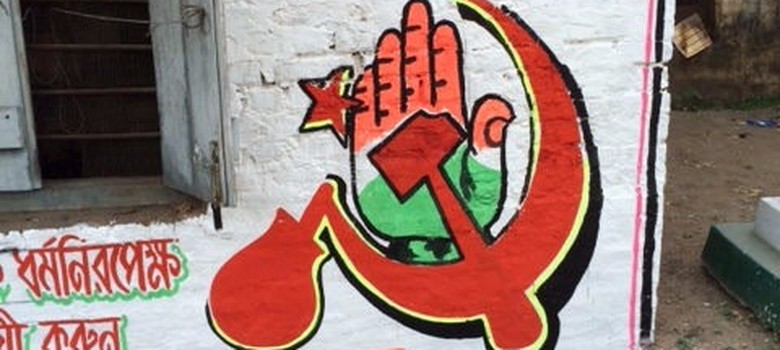
Given this long tradition of referring to the Adivasis of Jangal Mahals as “Chuars”, it was not an easy task for the Bengali academicians and political leaders to erase this derogatory nomenclature from their texts and speeches. This was evident in the pamphlets published by both the CPI (M) and the Congress during the celebration of the “Chuar bidroha” in Medinipur. None of those texts (hundreds of copies of which were distributed in Medinipur) contained Bengali academicians’ analyses of the derogatory use of the term.
A reading of the pamphlets revealed the immediate political intention behind the celebration. There is little that differentiates the texts in terms of the historiographical content regarding the socio-economic causes of the revolt. Both the CPI (M) and Congress pamphlets mentioned the existence of the tax-free land for the lower castes and tribes of Jangal Mahals and the convergence of the interests of the local zamindars (landlords) with those of the subalterns in their violent struggle against the colonial land revenue policy of the British rulers. There were however, two important differences. The Congress pamphlet gave a vivid description of the devastations caused by the rebels and the helplessness of the British administration, while the CPI (M) pamphlet emphasized more on the wider national, even international impact of the revolt.
Secondly, and quite interestingly, the Congress text mentioned the traditional antagonistic agrarian relationship between the zamindars and the peasants, and how the two classes united to face the bigger and more virulent enemy – the British. The CPI (M) pamphlet did not make any such class analysis of the rebellion. Both pamphlets, though, lamented that the “Chuar Bidroha” remained an unknown and neglected chapter in history. The CPI (M) blamed the Congress while the Congress absolved itself by stating they had demanded that the state’s left government bestow recognition to this heroic peasant struggle that began in early days of the British in India (undated pamphlets published by Dipak Sarkar et al and Manas Bhunia et al).

Lastly, there is another important text that describes the “Chuar Rebellion” in an encyclopaedic manner. This description is found in Muktir Sangrame Bharat(India in the Freedom Struggle), a 216-page book published by Paschimbanga Bangla Academy in 1986, and later reprinted in 1996. The book contains short descriptions of many people’s movements that sprung up in the period 1757-1947. Jyoti Basu, the then chief minister of West Bengal, wrote the foreword of the book. On page 15, we find an entry titled “Chuar Rebellion of Medinipur and Bankura (1798-99), and the Layek Rebellion of Medinipur (1816)”. A black-and-white photograph above the text shows a tall broken structure in an open field and the caption reads: “The ground for hanging the Chuar and the Layek Rebels”. In this entry, the author(s) has/have noted: “The British and a section of the zamindars of Medinipur termed the primitive, lower-caste inhabitants of Jungle Mahals of Medinipur, Bankura and Manbhum as ‘Chuars’ out of sheer disregard. These people depended on the wealth of the forest and cultivated in a primitive manner.”
Jharkhand Student Federation’s critique
The pamphlet published by the Jharkhand Student Federation (JSF) is different in many respects from the CPI (M) and the Congress’ pamphlets. This text thoroughly criticized the use of the term “Chuar” by the ruling class and their allies and demanded that this term be erased and that the revolt instead be renamed as the “Freedom Struggle of Jungle Mahals”. The text also mentions the cruelties of the British Army: “At last in 1799 the then Viceroy-General Wellesley sent two big divisions of army equipped with modern arms, [who] encircled the rebels and devastated them by two-pronged attack. The British army burnt the villages of the rebels and hanged them in the trees.”
The JSF pamphlet also objected to the plans to transform the places where the revolts had taken place into tourist centres. The JSF was again the only political group in West Bengal that did not celebrate the bicentenary of “Chuar Bidroha”. It demanded the writing of a “neutral history” at the earliest(pamphlet published by Naren Hansda dated 2 May 1999).
Three questions
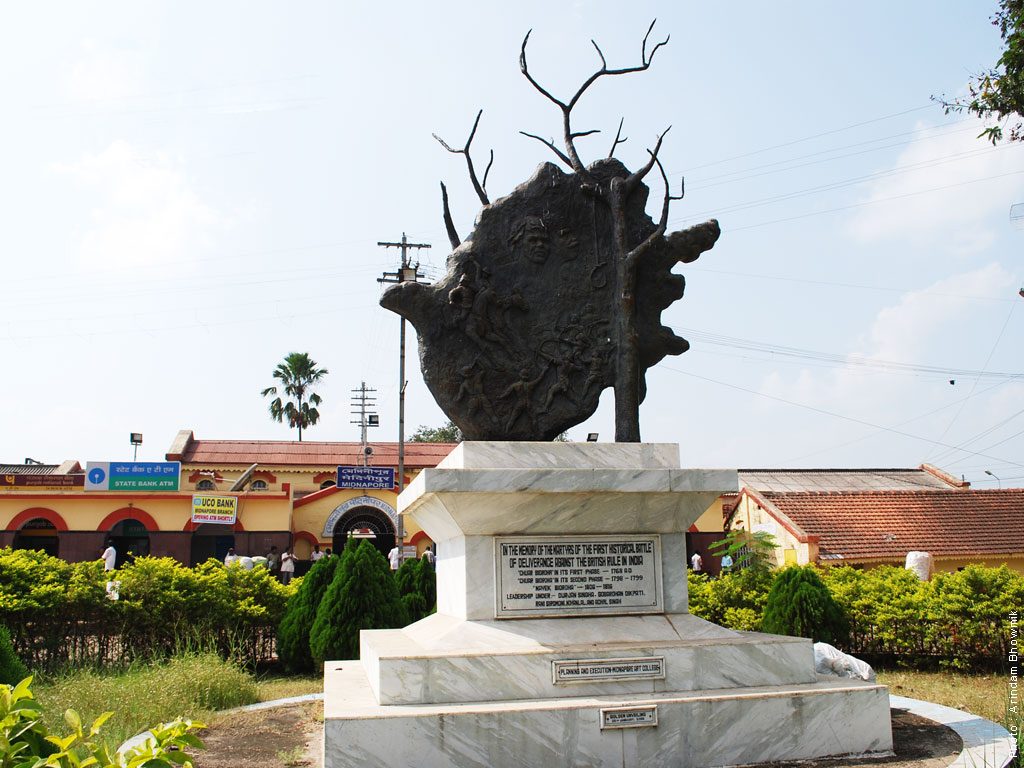
Why should 1799 be chosen as the year for celebrating this peasant struggle of Jungle Mahals, particularly when the year marked the victory of the colonial state? Why were Medinipur and Karnagarh given prime importance when there were many other places within and outside the district where the rebellion had broken out? Why should the derogatory word “Chuar” continue to be used in textbooks, encyclopaedias, politicians’ speeches and newspaper reports?
The use of the term “Chuar” in the various texts revealed the typical middle-class and upper-caste Hindu mindset of the Bengali political leaders and academicians. The leaders of the Jharkhand Party (Naren) could have exploited the weakness of the middle-class Hindu Bengali to the hilt but they could not do so because the CPI (M) leaders addressed the linguistic, ideological issue themselves in their public speeches, appropriating the Jharkhand Party’s agenda. It is unfortunate that during the bicentenary celebration of the Chuar Bidroha by major political parties of West Bengal, no academician was found to raise these pertinent questions, which could have led to a more critical reinterpretation and appreciation of one of the earliest of peasant movements in eastern India (Guha, 2011).
References
Anon, Mukter Sangrame Bharat (1996), Paschimbanga Bangla Academy, Kolkata
Bharatkosh(1967), Vol 3, ‘Chuar Hungama’, Bangya Sahitya Parishad, Kolkata
Bhunia, M. et al, undated, ‘Choar Bidroha O Rainy Shiromoni Smaranay’ (pamphlet)
Chatterjee, S.K., The Origin and Development of the Bengali Language(1985), Rupa (first published by Calcutta University [1926])
Guha, A., Politics around Non-Political Symbols: Celebration of a Peasant Revolt in a West Bengal Town(1985). Occasional Papers (New Series), 2007/2:1-22, Department of Sociology, Delhi School of Economics, University of Delhi
Guha, A., ‘Using the Past to Win the Present’, Chapter 11 in The Politics of Belonging in India(2011), edited by Daniel J. Rycroft and Sangeeta Dasgupta, Routledge, London
Guha, A., ‘Karnagarh’ (pp 338-339) in Dictionary of Historical Places, Bengal 1757-1947 (2013), edited by Ranjan Chakrabarti, Primus Books, Delhi
Hansda, N. “Itihase Upekshita Pratham British Birodhi Ganasangramer Dwisatabarsha Utjapan” (pamphlet, 1999)
L.S.S. O’Malley, Bengal District Gazetteers: Midnapore (1911), Calcutta
Roy, S., Bharater Krishak Bidroha O Ganatantric Sangram(1966), Book World, Kolkata
Sarkar, D. et al “Medinipur Jelaye Chuar Bidroher Duso Bachar” (pamphlet, undated)
Copy-edited by Rajiv Theodore

